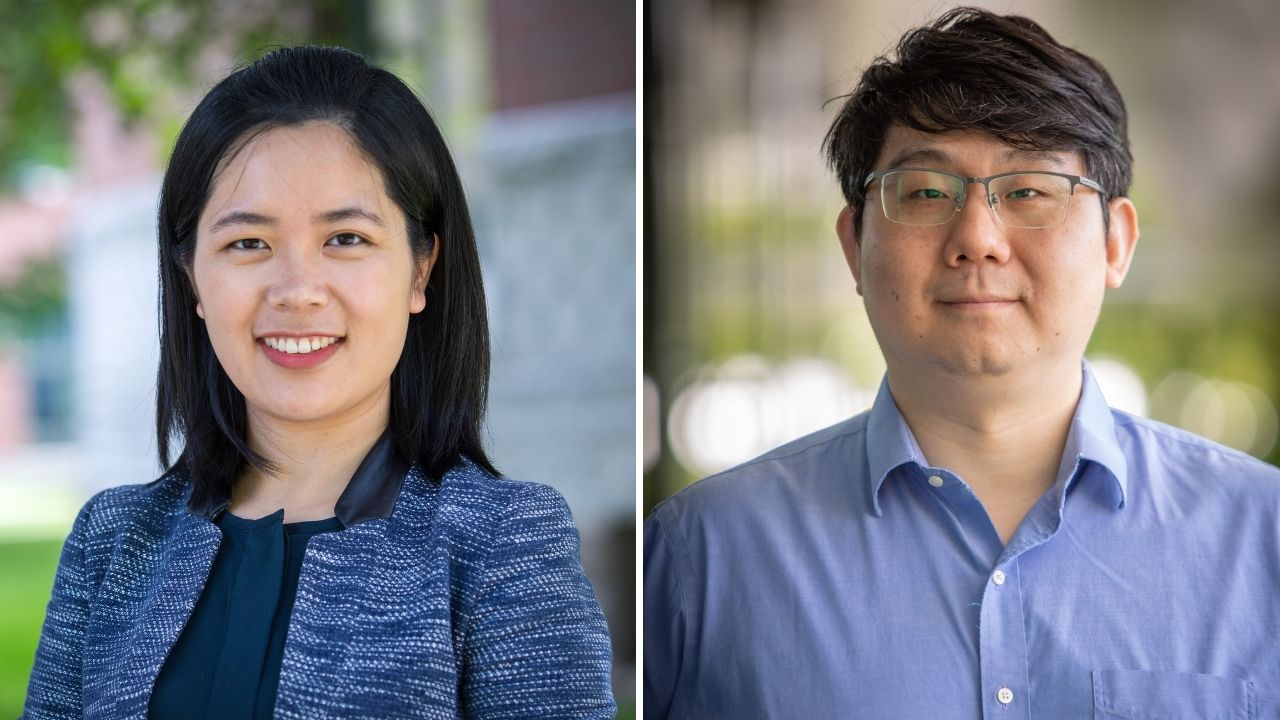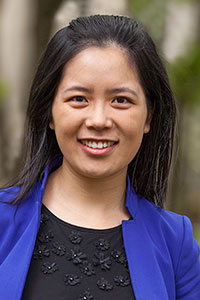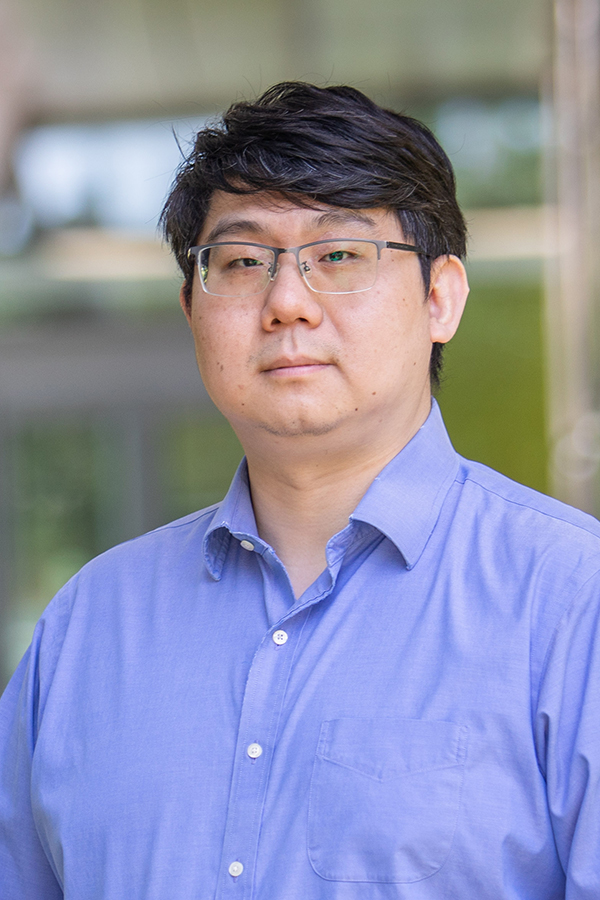News
Advances in artificial intelligence — driven in large part by multimodal large language models (LLMs) — have led to AI systems that can not only learn but reason.
Because these systems can simultaneously understand and process multiple types of information, they no longer require datasets with millions of entries in order to generate code or properly identify an object in a picture. But they still need hyper-specific workflows and clearly defined sequences to solve problems. Any problem that requires adaptation, uncertainty or domain-specific judgement is beyond their grasp.
Unfortunately, scientific research requires a lot of adaptation, uncertainty and domain-specific judgement. Research is, by definition, the exploration of the unknown — a process guided by deep understanding of a specific field and requiring constant revision as new information is revealed. Which means for all its power and potential, AI hasn’t been particularly useful in the advancement of science, engineering, and manufacturing.

Professor Na Li (left), Winokur Family Professor of Electrical Engineering and Applied Mathematics, and Jia Liu, Assistant Professor of Bioengineering.
Two researchers at the Harvard John A. Paulson School of Engineering and Applied Sciences (SEAS) are hoping to change that.
Professors Jia Liu, Assistant Professor of Bioengineering and Na Li, the Winokur Family Professor of Electrical Engineering and Applied Mathematics, are leading an ambitious new initiative at SEAS called Agentic and Physical AI for Excellence in Science and Technology or APEX+.
Their goal: to reimagine the architecture of agentic AI to create a general-purpose AI platform that can be used across scientific disciplines and interface directly with physical systems such as laboratory instruments or robotics.
Rather than relying on a single monolithic model to execute an entire scientific or engineering workflow end to end, the researchers are drawing inspiration from how humans operate — by assembling and orchestrating sequences of specialized tools, combining algorithmic processing with expert judgment.
“A scientist analyzing raw data rarely starts from scratch; they search the literature for established algorithms, adapt them to their dataset, curate the results, cross-reference findings with prior work, and gradually build toward interpretation and discovery,” said Liu.
“We have demonstrated that when AI agents are structured to understand and mirror this modular, iterative process—combining domain-specific components with multimodal LLMs for reasoning and planning — they can achieve robust performance in complex research tasks,” said Li.
Liu and Li used this approach to develop AI agents for neural data analysis, large-scale gene expression mapping, and comprehensive behavioral analysis.
But the researchers aren’t just interested in developing standalone AI agents. They also want to solve the “last mile problem” and use these agents to augment human capabilities.
“Rather than replacing human researchers or technicians, we propose empowering them through AR and VR interfaces that allow AI agents to observe, guide, and document every step of a physical task,” said Li. “This approach transforms the role of the human user into an enhanced collaborator who benefits from continuous AI support, while enabling unprecedented transparency and reproducibility.”
The research team has already developed a prototype of AR glasses that can recognize lab equipment in real time, provide visual and verbal guidance, detect procedural errors, and integrate procedural information into the final data analysis.
Topics: AI / Machine Learning
Cutting-edge science delivered direct to your inbox.
Join the Harvard SEAS mailing list.
Scientist Profiles
Press Contact
Leah Burrows | 617-496-1351 | lburrows@seas.harvard.edu




